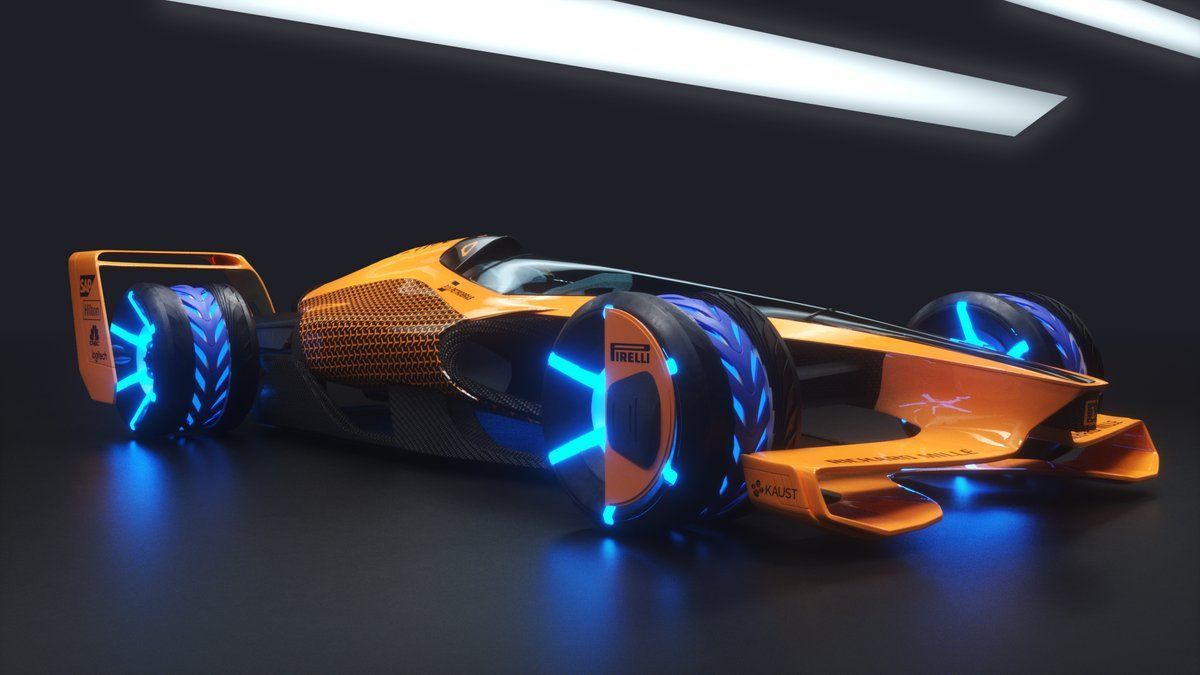The team at McLaren Applied Technologies have come up with the ‘Future Grand Prix’ concept where it showcases how the championship and the F1 car will look like in 2050.
The researchers at McLaren Applied Technologies have tried to predict the future F1 with the introduction of the car named MCLExtreme (MCLE in short). They showcase how the championship and the cars will look like in 2050 – which won’t fly though.
In fact, they believe the flying cars concept wouldn’t be there in general as underground transportation form like the Virgin Hyperloop One will be more prominent. As for the F1 race car, they do believe it will still be driven by a human than a robot.
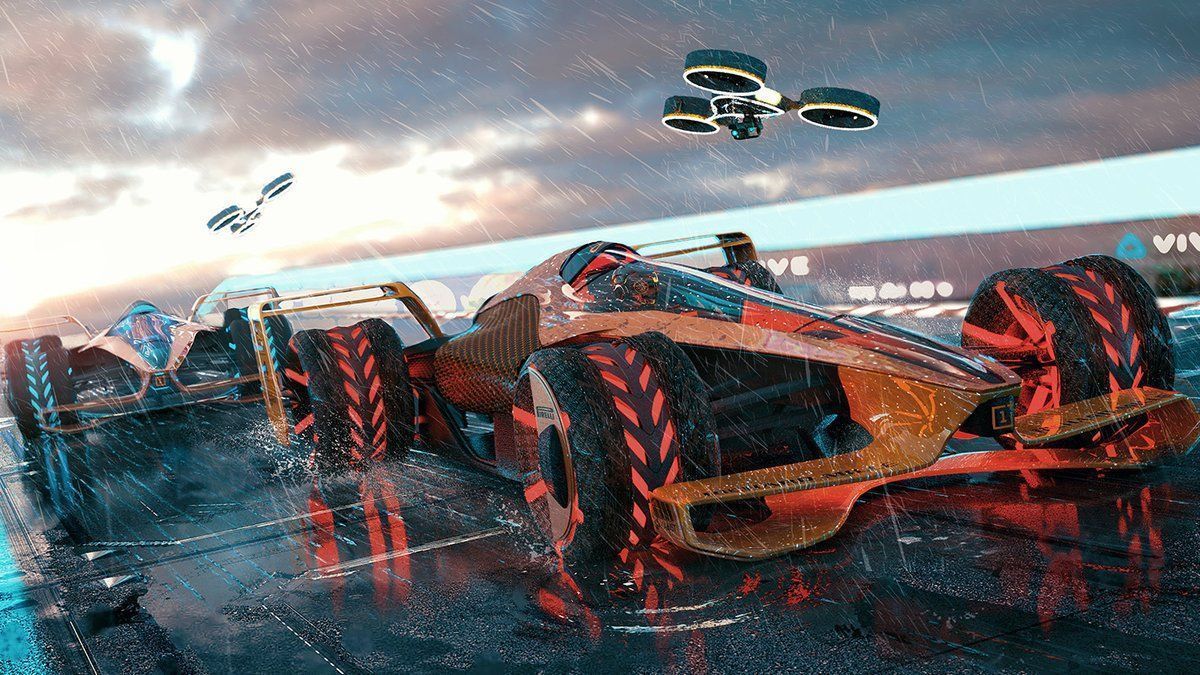
Coming to the regulations, the team reckons the ban on active aerodynamics will be lifted which will allow the car to alter its shape to maximise performance. Interestingly, the MCLE will have sidepods which can expand and contract like a shark’s gill.
Even though it can go upto 500 km/hr on the straight, it will have stability and flexibility in the corners and the braking zones. The downforce on the cars will be generated by an ‘intricately sculpted floor and diffuser’.
MAT’s Motorsport Director, Rodi Basso said: “Give teams the opportunity to really push the boundaries of active aero as part of their natural car development, and suddenly you have the adoption of a technology that has the possibility to dynamically alter the outcome of a race in an authentic way as drivers battle it out.
From the driver point of view, the researchers feels ‘Artificial Intelligence’ will be more in use than the racers relying on date from the pit wall. The drivers will have first-hand information through AI as per the new age technology.
MAT states that the F1 drivers could be ‘connected to AI via a symbiotic link in the helmet and sensors within the race suit’. The AI will then provide real-time race strategy to the drivers and also key information through a holographic head-up display.
The preferences put up will be based on driver’s mood and emotional state rather than on-track situation. The AI feature will come with a ‘black-out’ zone where the AI will vanish and the drivers will have to drive on their own, basically ‘unaided’.
“In the future we could get to the point where human ingenuity is replaced with an AI algorithm,” Karl Surmacz, Head of Modelling and Decision Science at MAT. Machine learning would see human preferences and decisions, as well as our domain expertise and instinct, captured.
“Take enough examples of our creative processes and outcomes, and this could be codified into an algorithm which would enable AI to make creative decisions consistent with those of a human counterpart.”
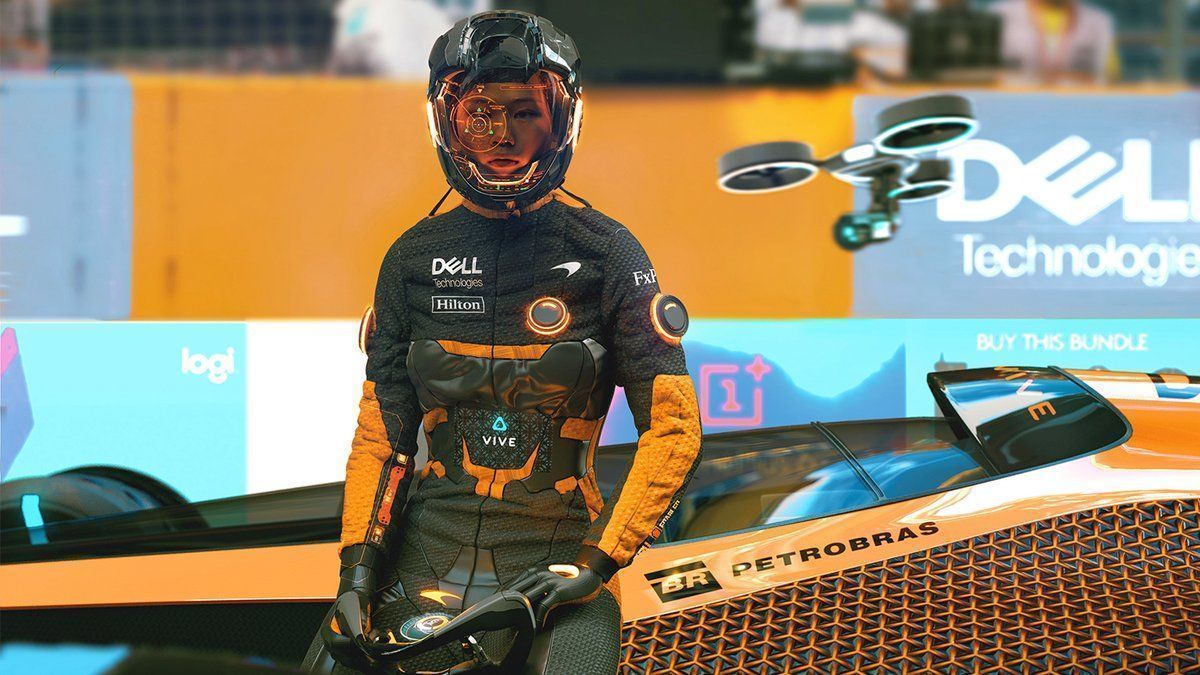
Like many other believers, MAT also feel the same that by 2050, F1 will go the electric way considering the ‘zero emission’ idea in place for majority of the countries in the world. The researchers think energy storage will become key rather than deployment.
“Whether it will be possible in 2050 to fully charge the battery of a grand prix car from flat in less time than it takes a current Formula 1 car to complete a flying lap around the streets of Monaco is difficult to say at this stage.
“But charging about 10 to 50% of the battery in around 10 to 30 seconds is conceivable. Charging wirelessly sees electromagnetic induction used to transfer energy through an air gap from one magnetic coil buried under the track to a second magnetic coil fitted to the car.
“When the car is sufficiently positioned for the coils to be aligned, it will induce a current in the car’s coil which feeds into the battery,” explained Stephen Lambert, Head of Automotive Electrification at MAT.
Moving on to the bodywork, the cars will be transparent as they say where drivers handling and footwork could be seen by the fans. In addition, the driver’s emotions will be projected onto the bodywork and tyres – with the latter being a self-repairable tool.
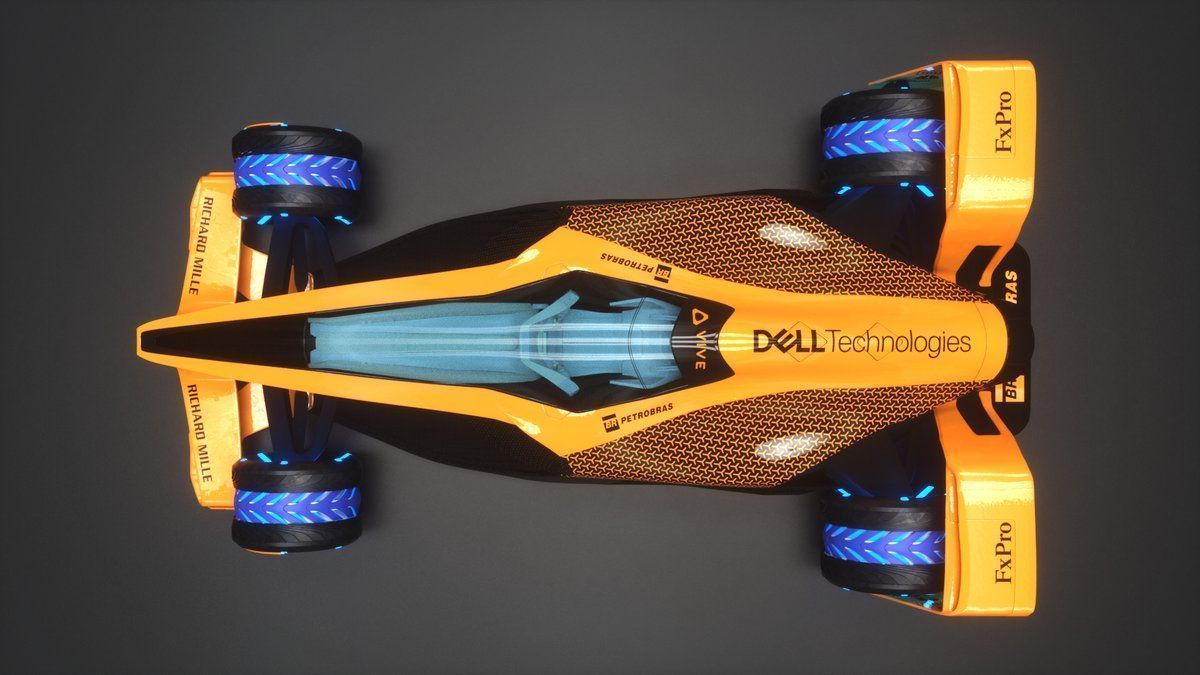
The future race circuits would change as well to allow for the faster cars to compete with the circuit banking going steeper and far more aggressive. To allow the faster cars race on street circuits, adding a banking would solve the issue.
“Smart cities will give us the chance to put the track action on people’s doorsteps,” said Basso. “We’re going to see more racing take place where the fans are, as part of a continued effort to bring the show to them.
“Because the cars will travel at even more ferocious pace than is currently the case, it raises the possibility for race tracks to span far greater distances. Why confine the grand prix cars of tomorrow to the tracks of today?
“The Italian Grand Prix of 2050 would still run through the heart of one of the largest historical parks in Europe, but go on to scythe its way through the streets of Milan city centre, before making its way back to Monza’s leafy park.”
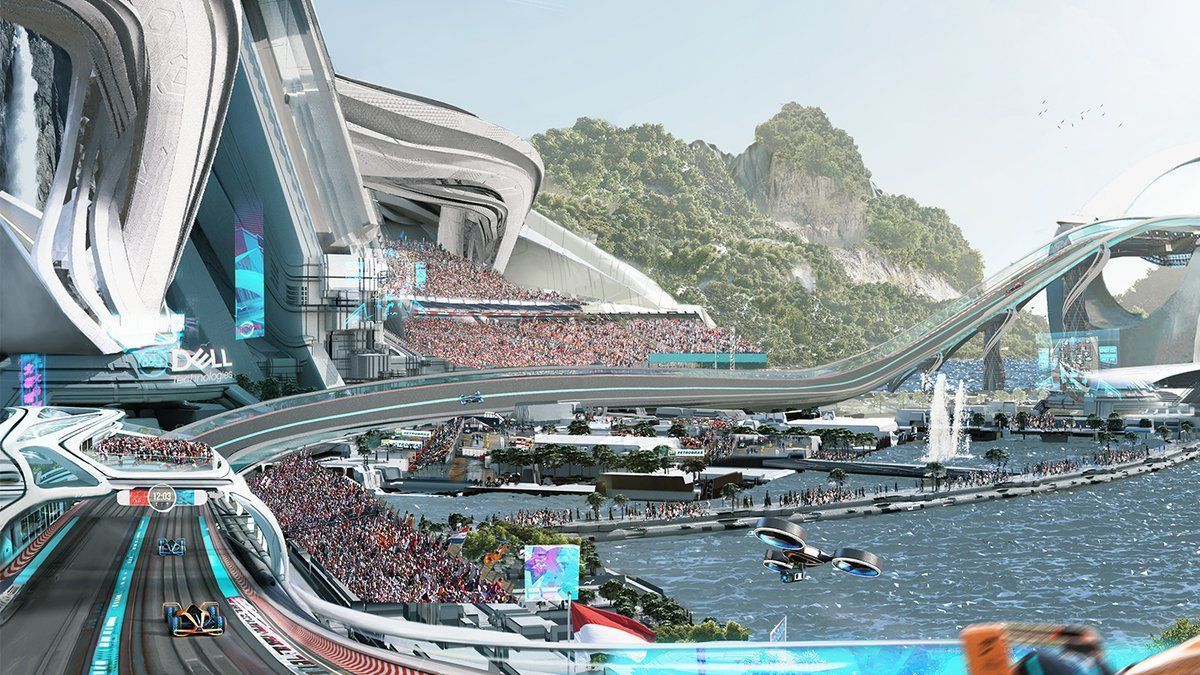
In terms of the pit stops, with no requirement of fuel or a tyre change, the ‘e-pitlane’ will add to the strategy element where the F1 drivers can pit to get an energy top-up. The decision will be either to go slowly and pit once or go fast and pit twice.
Moving towards the driver race suits and fitness, the researchers believe those will be made of ‘ortho-fabric, aluminized mylar, neoprene-coated nylon, dacron, urethane-coated nylon, tricot, nylon/spandex, stainless steel, and high strength composite materials’.
“They [drivers] would need to be trained differently,” as per Michael Collier, Head of Human Performance at MAT. “Currently there is a lot of focus on speed, agility, and endurance, but not on out-and-out strength.
“In 2050, a driver’s training programme would be flipped on its head so that they end up getting to know the bench press and dumbbells even better. We would see a new breed of racing driver physique.
“When you start talking about speeds of 500 km/h, it means drivers will have to withstand considerably more than the maximum g-force they experience now – which is in the region of 5 g. This would put them in the same bracket as fighter pilots.
“To combat this, the race suit of 2050 will adopt similar technology to that found in g-suits. It will inflate and compress a driver’s lower limbs to prevent blood from pooling in their feet and legs, ensuring the heart still has enough of the red stuff to pump around the body – especially to the brain to maintain consciousness.”
Find out few more pointers which McLaren discussed in full, here.

